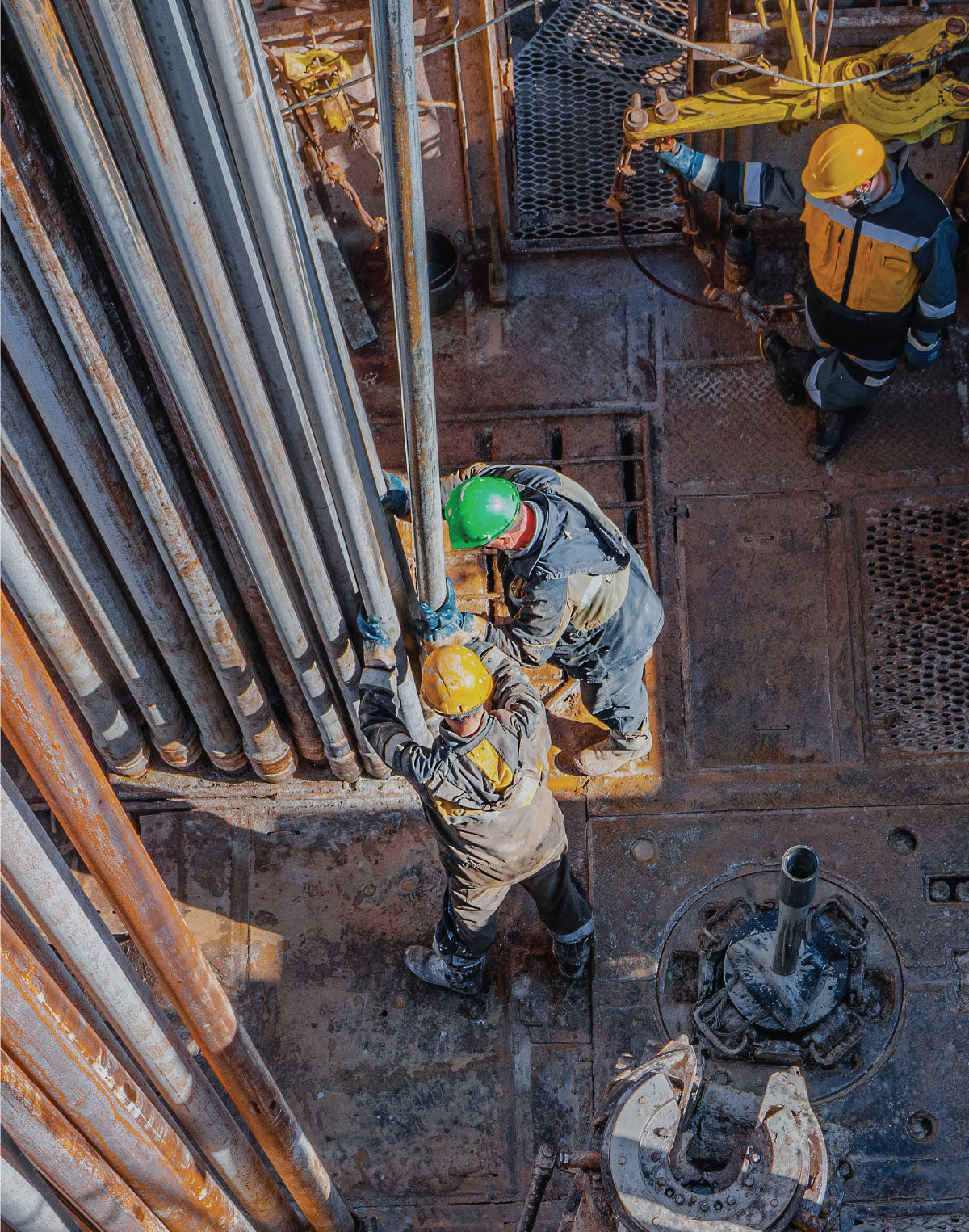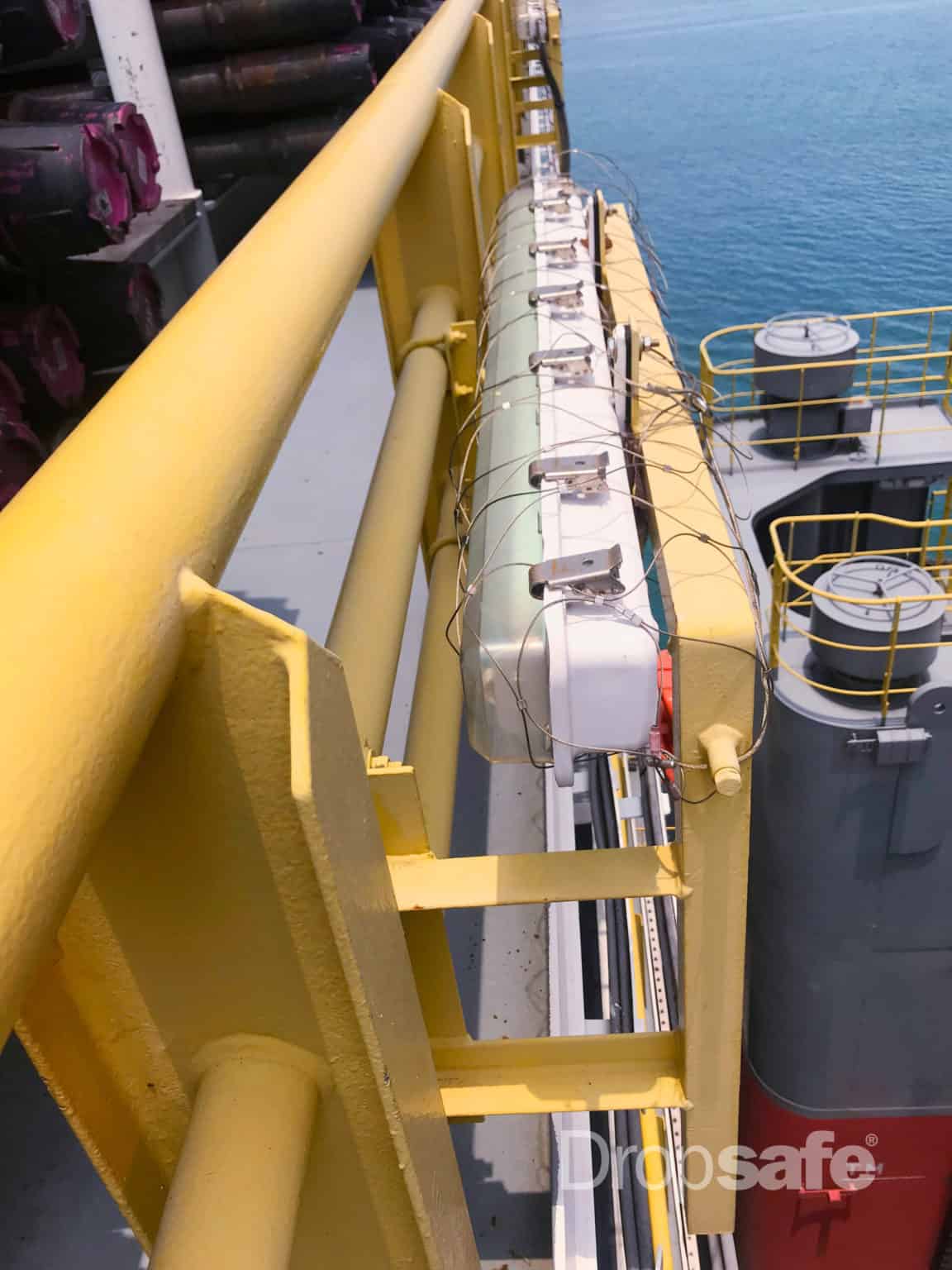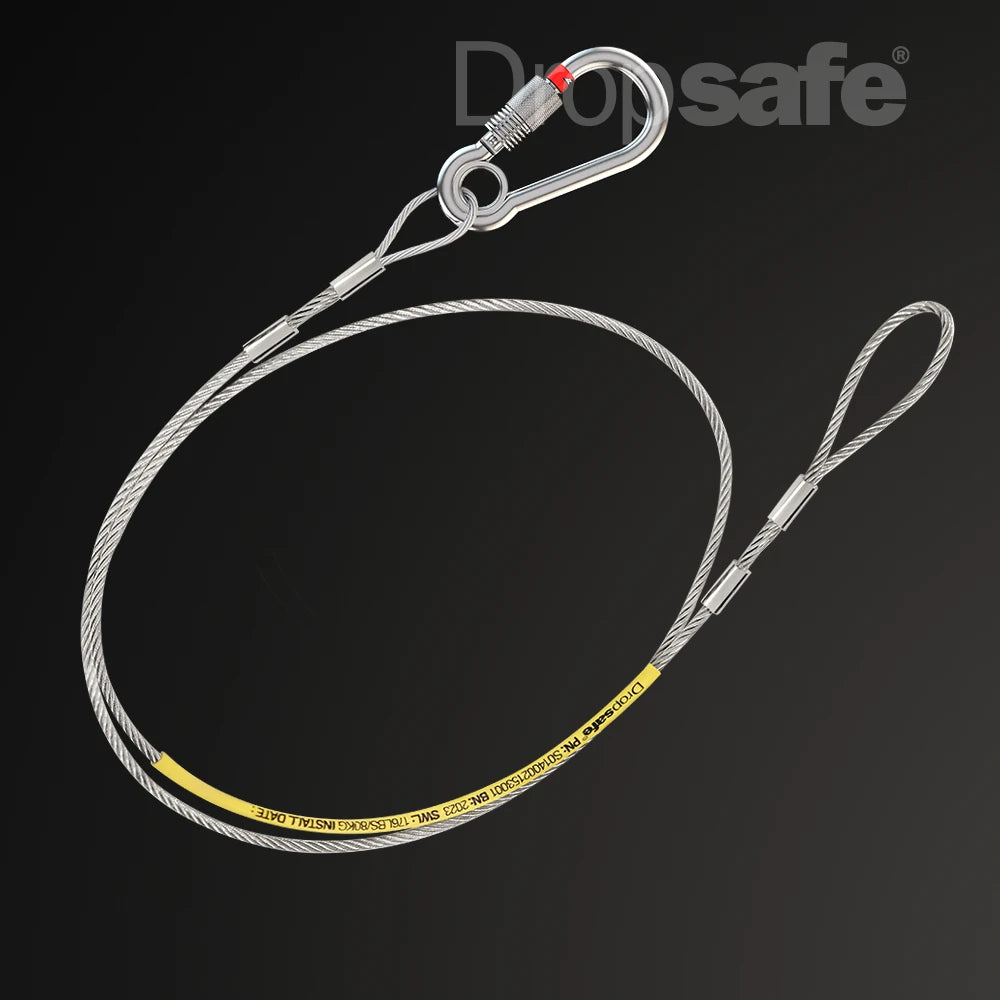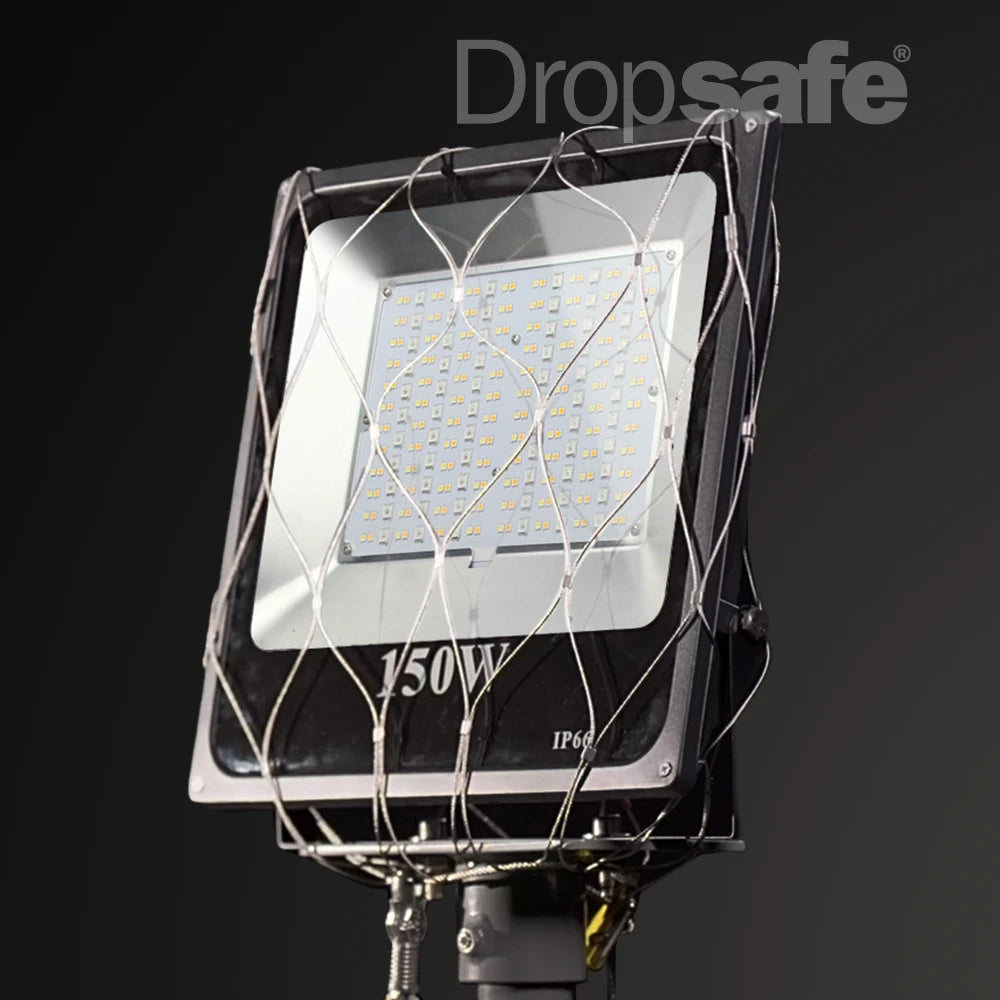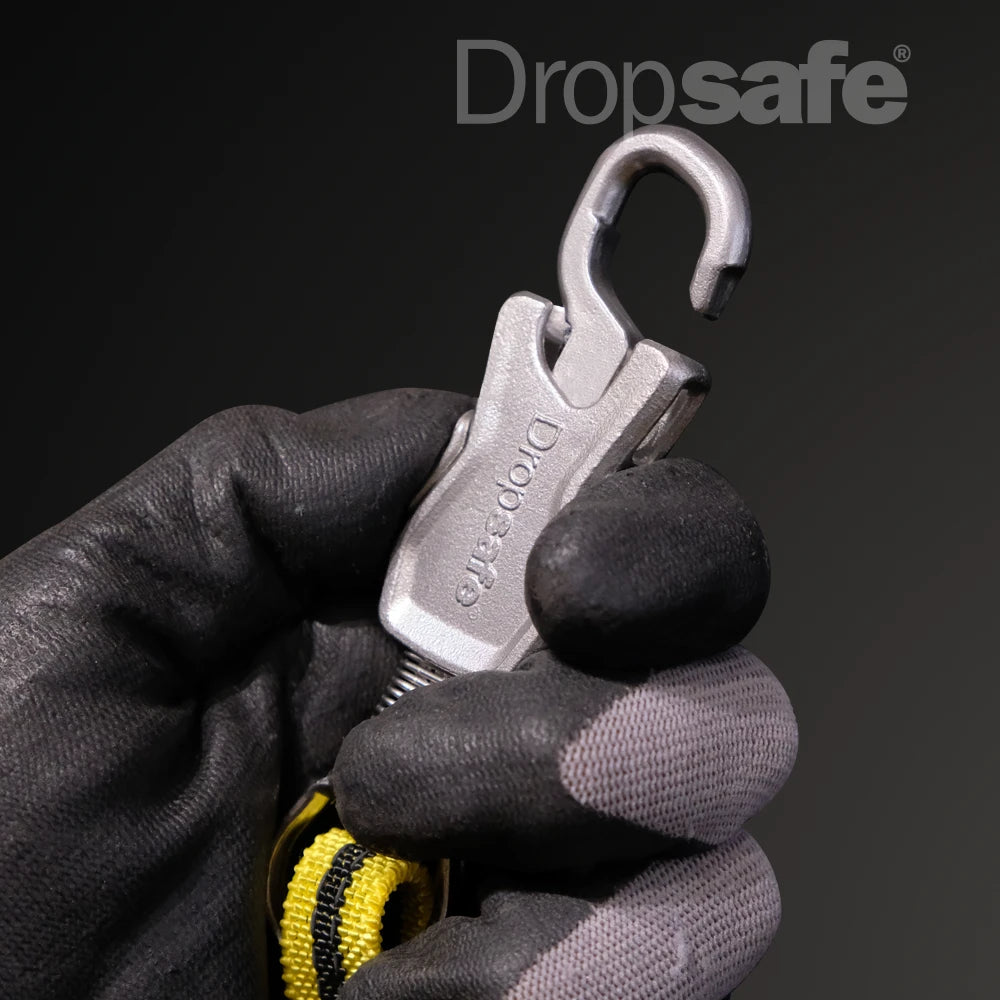The risk Dropped Objects pose
In all industries including offshore energy and power generation, safety is of primary importance. Workers are often required to operate at heights and work with heavy equipment that can pose a significant dropped object risk if not properly secured. One method used to minimise the risk of accidents is safety securing. Looking at what safety securing and safety securing nets are, and why they are essential for certain industries, can help make worksites safer and protect personnel.
For a more thorough look at what Dropped Object prevention is and how drops come about, click here.
The Basics...
Understanding Safety Securing and the role it plays
Safety securing is a key element of effective dropped object prevention, and should be a part of every worksite or facilities dropped object prevention programme, and wider safety culture. By adopting the use of safety securing systems, worksites are safer and the four-fold threat posed by dropped objects can be mitigated.
What is Safety Securing?
Safety securing refers to the use of additional measures to secure equipment
The primary purpose of safety securing is to prevent equipment or tools that are located at height from falling in the event of the primary securing system failing.
For example, a worker on an offshore oil rig may use a lanyard to secure a tool while working at heights. However, if the lanyard were to fail, the tool could fall and cause injury or damage. In this case, a safety securing system such as a safety net would provide an extra layer of protection by catching the tool before it hits the ground.
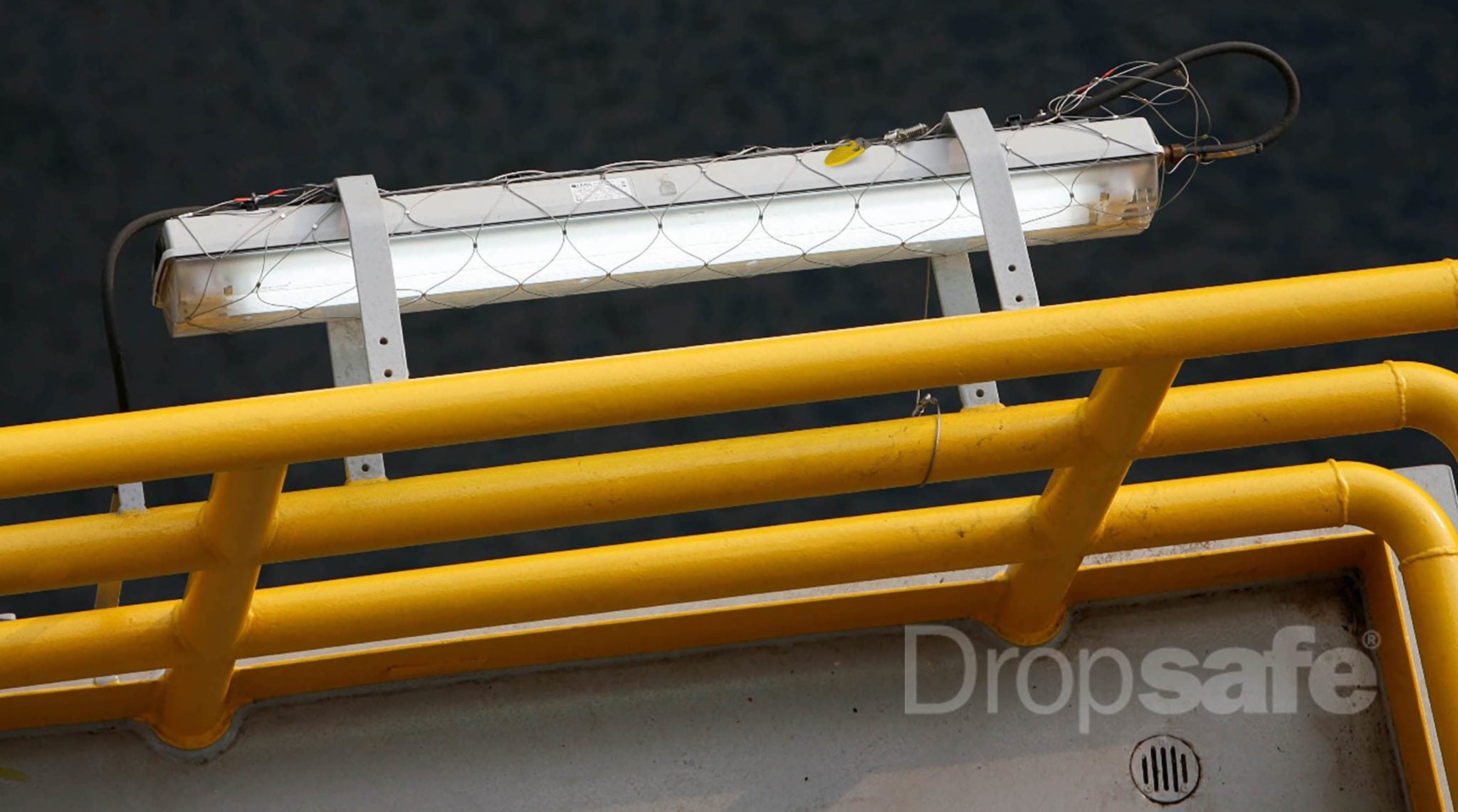
What are Safety Securing Nets?
Systems designed to catch equipment in the event of a primary or secondary securing system failure
These nets are typically made of high-tensile strength materials such as nylon or polypropylene and are designed to withstand significant force.
Safety securing nets are typically installed underneath equipment or tools that are secured overhead, providing a safety net in case of a fall. They can also be used to create a barrier around an area to prevent dropped objects from falling outside of the designated work area.
Safety Securing in the energy industry…
In industries such as offshore energy and power generation, workers are often required to work at heights and operate heavy equipment.
These conditions increase the risk of dropped object incidents and accidents, and make it essential to have effective safety measures in place.
The use of safety securing and similarly nets is a crucial precaution in these industries especially, due to the potential consequences of a dropped object occurrence. A dropped object not only poses a risk to workers but can also damage equipment, cause downtime, and result in significant financial losses. Read more about the fourfold threat here.
In offshore energy, dropped objects can have severe consequences beyond the ‘traditional’ fourfold threat. For example, if a tool were to fall into the water, it could cause damage to the subsea infrastructure or create an environmental hazard. Similarly, in power generation, a dropped object could damage sensitive equipment, causing a power outage or posing a risk to public safety.
Safety securing nets are a reliable and effective solution to prevent dropped objects in these industries. They provide an extra layer of protection to ensure that equipment and tools remain secure, even in the event of a primary or secondary securing system failure.
Benefits of Safety Securing Nets
There are several benefits to using safety securing nets in industries such as offshore energy and power generation.
There are countless benefits to be reaped employing safety securing systems. Ensuring people are safe is paramount, and yet there are many additional advantages for companies beyond what might be called the 'obvious’. These benefits include:
Increased Safety:
The primary benefit of safety securing nets is increased safety. They provide an extra layer of protection to prevent dropped objects from causing injury or damage.
Compliance:
Many industries have regulations in place that require the use of safety securing systems. By using safety securing nets, companies can ensure compliance with these regulations.
Cost-Effective:
While there is an initial cost associated with installing safety securing nets, they are a cost-effective solution in the long run. The cost of a dropped object can be significant, and safety securing nets can prevent these costs.
Increased Efficiency:
By preventing dropped objects, safety securing nets can increase efficiency by reducing downtime and preventing damage to equipment.
In conclusion, safety securing and safety securing nets are crucial measures in industries such as offshore energy and power generation. They provide an extra layer of protection to prevent dropped objects from causing injury or damage. By using safety securing nets, companies can ensure compliance with regulations, reduce costs, and increase efficiency. In these industries, safety should always be a top priority, and the use of safety securing systems is an effective way to successfully achieve this.
Discover more
Explore the full range of Dropsafe products…
Dropsafe are leaders in the Drops Prevention space, and have a product offering to help you make your worksite safer.
Protect your people and mitigate dropped object risks, with Dropsafe.
